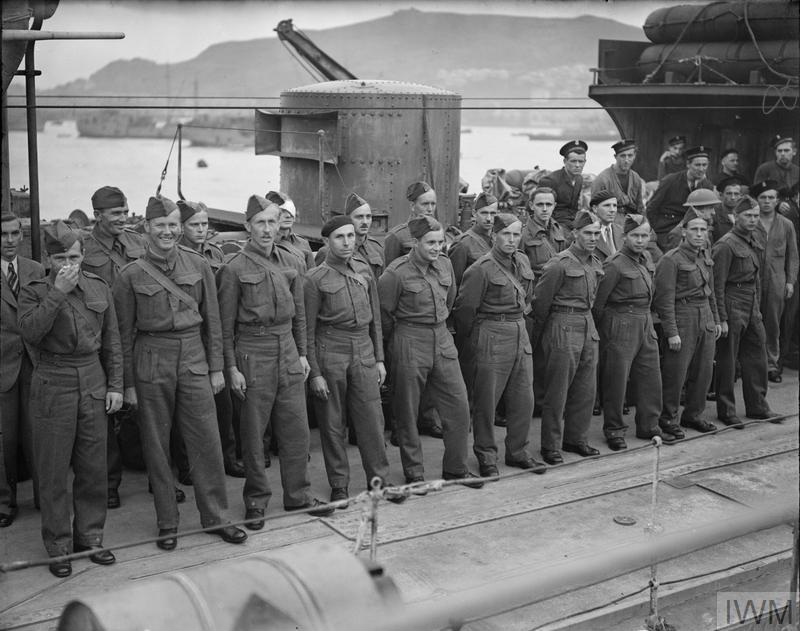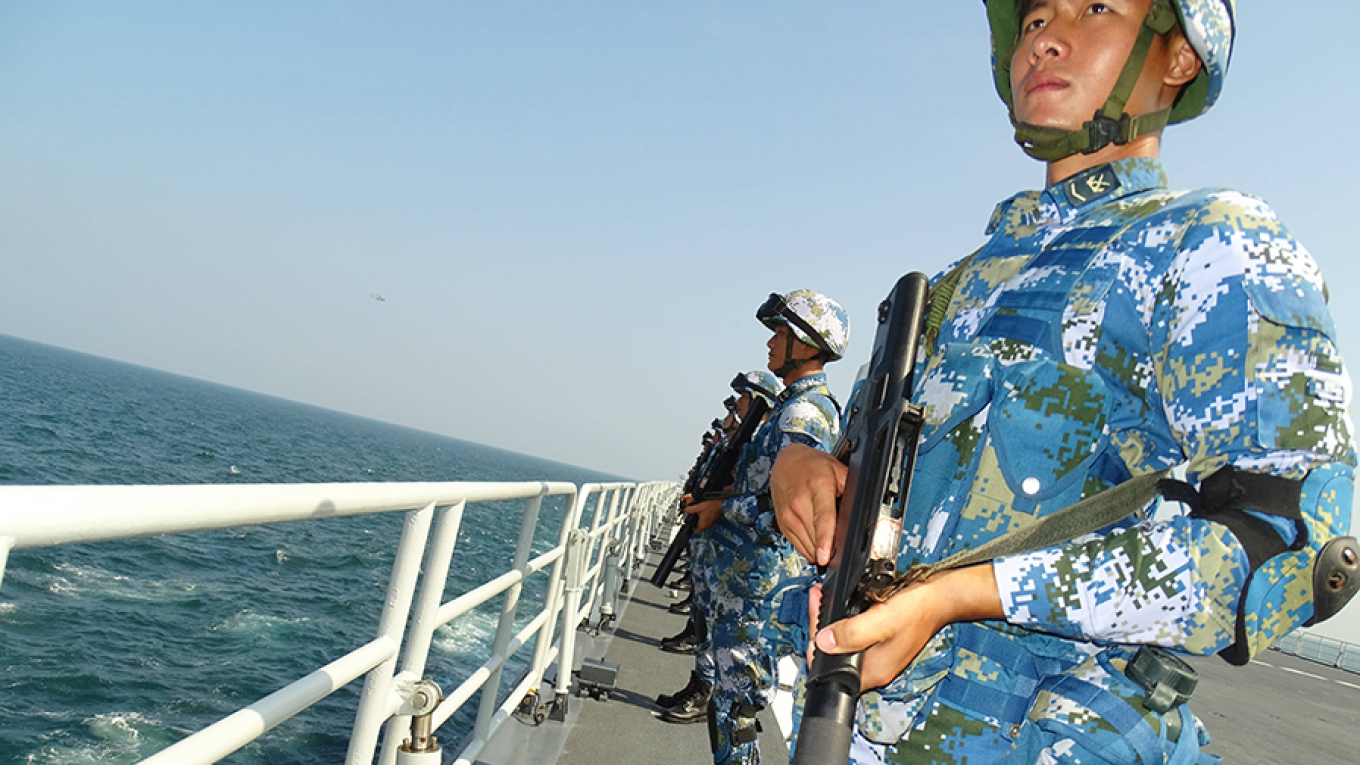


Towards the end of the war, British policy towards Poland had changed quite drastically and no assurances about the future of Polish forces were in place. But post-war attitudes of some groups were not all welcoming. It is commonly accepted that the Poles were looked upon favourably during the war by the British certainly the bravery of the Polish pilots and the land forces was acknowledged. It is estimated that only around 119,000 Poles were evacuated, leaving the majority behind in Russia with no hope of rescue.

These exiled families continued their refugee journeys, ending up in India, Africa, and other British colonies and protectorates. The Ministry of Labour and Social Welfare of the Polish government-in-exile in London organised where family groups were to be sent. The soldiers were almost immediately sent from Iran to Iraq to join the Allied forces under British command. There they boarded tankers to cross the Caspian Sea to the transit camps in Pahlevi, before being moved to temporary camps in Tehran where they were segregated 2. From there they were directed to assembly points across Russia and Kazakhstan and evacuated in convoys to the port of Krasnovodsk. The soldiers and their families were required to find their own way to the nearest staging posts.

Upon the signing of the Sikorski-Mayski Pact of July 1941, those soldiers who survived imprisonment were released and could join the newly formed Polish II Corps, which later fought in major Allied campaigns in North Africa, the Middle East and Italy. His report also questioned the disappearance on Soviet soil of Polish officers and intelligentsia, whose remains were discovered a year later by the Nazis in a series of mass graves 1. Lieutenant Major Hulls, British Liaison Officer to the Polish commander General Anders, described the deportations of families to Siberia during Stalin’s ethnic cleansing of Eastern Poland. Soviet statistics claim that nearly 280,000 families were uprooted from their homes, loaded into cattle trucks and taken to prisons and forced labour camps in Russia, but other sources claim that the numbers could be as high as two million. Stalin’s programme of ethnic cleansing in Eastern Poland began on 10 February 1940 and continued into 1941. Whichever series you choose to research, there is likely to be a reference to Poland’s turbulent history and the suffering of its people during the years covering the Second World War and beyond.Īfter the German and Russian invasions of Poland in September 1939, the Polish Government and many Polish soldiers, airmen and sailors escaped first to France and then to Britain, joining the Allies in the defence of the British Isles. A plethora of information exists in our collections on Poland and the plight of Polish refugees.


 0 kommentar(er)
0 kommentar(er)
